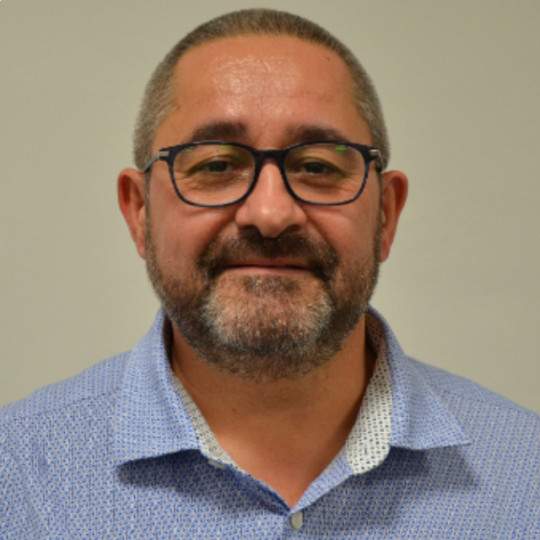Context
For many years, the World Health Organisation (WHO) has been concerned about how to protect populations against insect disease vectors (malaria etc.). Every year more than 250 million people are infected with diseases resulting in one million deaths.
Since large scale application of insecticides is not very effective and is damaging to the environment, a research programme has been set up to ensure close protection of populations by treating the walls of homes and providing mosquito nets (for beds and windows), by spraying, soaking and incorporating insecticides into textile fibres.
In view of its experience in analysing agricultural and non-agricultural pesticides, the Plant Protection Products and Biocides Physico-Chemistry and Residues Unit was appointed by the WHO as Reference Collaborative Centre, in partnership with Collaborative Centres responsible for biological evaluation (efficacy).
The Unit is also responsible for the quality control of products proposed by the WHO for use in public health (DDT, malathion, fenthion, deltamethrin, etc.).
Objectives
This programme is intended to perfect analytical methods, principally for insecticides in the pyrethrinoïd group, in the substrates treated: walls, mosquito nets treated by soaking or impregnation of the fibre. The stability and persistence of the insecticides are then determined and compared with observations of biological efficacy in the field and the type of formulation used.
The project is also intended to check the compliance of organochlorine, organophosphorus and pyrethrinoïd insecticides with the WHO world trade specifications.
Description of tasks
This project was set up more than seven years ago at the request of the WHO and has led to the development of reliable analytical methods, validated in accordance with international quality criteria.
These methods are currently applied to substrates originating mainly from Asia and Africa and are incorporated into the global evaluation of the efficacy of this type of protection.
At the start of the project, the mosquito nets were treated mainly by soaking at the sites of use but this resulted in large variations in the treatment and regular under-dosing due to depletion of active substance in the soaking baths. Industrial treatment was then developed which led to a definite improvement in the distribution of active ingredients but the persistence was weak, mainly due to frequent washing or natural leaching. Tests are currently being conducted on techniques involving impregnation of the fibre before weaving. These techniques offer uniform distribution of the active substances, lasting for several months with good resistance to washing. Research must however be conducted on the biological efficacy, since chemical presence does not reflect availability. Our residues laboratory checks the quality of impregnation compared to draft specifications. This will form the basis for drawing up specifications so that the quality of the treated mosquito nets can be guaranteed. There is also the question of the evaporation of pesticides into the close environment of users.
Evaluation of the quality of generic insecticides offered to developing countries has also revealed problems linked to transport and long term storage.
Contribution
As Reference Official Collaborative Centre of the WHO, the Plant Protection Products and Biocides Physico-Chemistry and Residues Unit is responsible for developing and implementing new analytical methods for pesticides, their formulations and the substrates treated, for the purpose of efficacy evaluations.
Partners
Dr. M. Zaim: WHO Pesticide Evaluation Scheme (WHOPES) – WHO/HQ, Geneva, Switzerland (Zaimm@who.int)
Dr. P. Guillet: WHO, Geneva, Switzerland (guilletp@who.int)
Dr. M. Nathan: WHO, Geneva, Switzerland, (nathanm@who.int)
Dr. Than Saung: UNICEF, Copenhagen, Denmark (usang@unicef.org)
WHO regional offices, in particular those of Africa, the Western Pacific and South-eastern Asia.
Scientific institutions such as the GTZ (Germany), the Institut Pierre Richet (Ivory Coast), LIN/IRD (France), CIRAD (France), the Danish Entomology Department, Sains University (Malaysia), Heidelberg University (Germany), the Institut Tropical Suisse (Switzerland).
Pesticide manufacturers, including well known multinationals as well as local or international manufacturers of generic substances and manufacturers of treated mosquito nets.
Funding
- UNICEF - Fond des Nations Unies pour l'enfance
- WHO - World Health Organization














